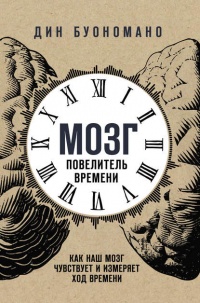Книга Куда летит время. Увлекательное исследование о природе времени - Алан Бёрдик
Читать книгу Куда летит время. Увлекательное исследование о природе времени - Алан Бёрдик полностью.
Шрифт:
-
+
Интервал:
-
+
Закладка:
Сделать
Перейти на страницу:
Перейти на страницу:
Книги схожие с книгой «Куда летит время. Увлекательное исследование о природе времени - Алан Бёрдик» от автора - Алан Бёрдик:
Комментарии и отзывы (0) к книге "Куда летит время. Увлекательное исследование о природе времени - Алан Бёрдик"












